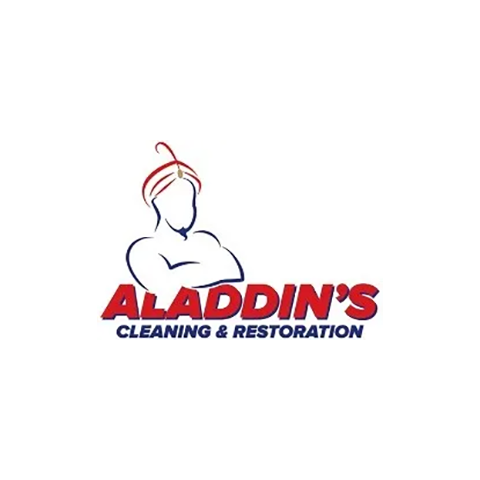Forgetting to clear the lint trap in your dryer between loads may seem like a small issue, but it can actually lead to severe consequences.
According to the U.S. Fire Administration, there are around 2,900 dryer-related fires every year, resulting in $35 million in property loss, five deaths, and 100 injuries. Shockingly, 34% of people regularly fail to clean their dryers, making it the primary cause of home clothes dryer fires. These fires occur most often in the fall and winter, peaking in January. Keeping an eye on your dryer lint is an easy way to prevent fire damage to your home or business and keep yourself safe.
What Is Dryer Lint?
So, what exactly is dryer lint? It is the material that comes off of clothing, towels, and other fabrics during the drying process. If not regularly emptied between loads, your lint trap could become clogged with lint and pose a fire hazard. Combined with the heat and friction of a dryer, this could lead to fires during routine laundry tasks.
Difference Between Dryer Vent & Lint Trap

It’s essential to understand the difference between a dryer vent and a lint trap. A lint trap collects lint and debris as it passes through the dryer vent, and it is located either on the exterior of the dryer or the inside door opening. A dryer vent is a vent connected to a clothes dryer that screens lint and removes exhaust.
It is recommended to follow the following steps to prevent a fire from dryer lint:
- Clean lint out of the vent pipe every three months
- Clean behind the dryer where lint can build up
- Use a nylon brush to clean the lint filter every six months (or more frequently) to prevent clogging
- Have a professional inspect and clean your dryer regularly, especially if it’s taking longer than usual to dry clothes
- Unplug or disconnect the dryer if you’ll be away for an extended period
- Ensure the area around the dryer is free of materials that could catch fire
What To Avoid Putting In Your Dryer
In addition to cleaning lint traps and dryer vents, you should also avoid putting many items in your dryer. Items made of plastic or rubber such as rubber-backed bath mats, shower curtains, and plastic clothing like raincoats should also be avoided.
Improper use or maintenance of a dryer is one of the leading causes of house fires. You can see more items to avoid putting in your dryer by reading this article from Homes & Gardens Magazine, featuring President of Aladdin’s, Tim Jankowski.
What To Do In Case Of A Dryer Fire?
If your dryer catches fire due to an accumulation of lint or other factors, Aladdin’s Cleaning & Restoration offers a seven-step fire damage restoration process:
- Emergency contact to assess the scope of the job and send a restoration technician to evaluate the area
- Inspection and fire assessment to determine the extent of the damage from fire, smoke, and soot and develop a plan of action
- Board-up and roof tarping services if necessary
- Water removal and drying if water is present
- Smoke and soot removal using specialized equipment and techniques
- Cleaning and sanitizing of affected belongings and areas, which may include odor removal
- Restoration to address any final needs, such as construction services


